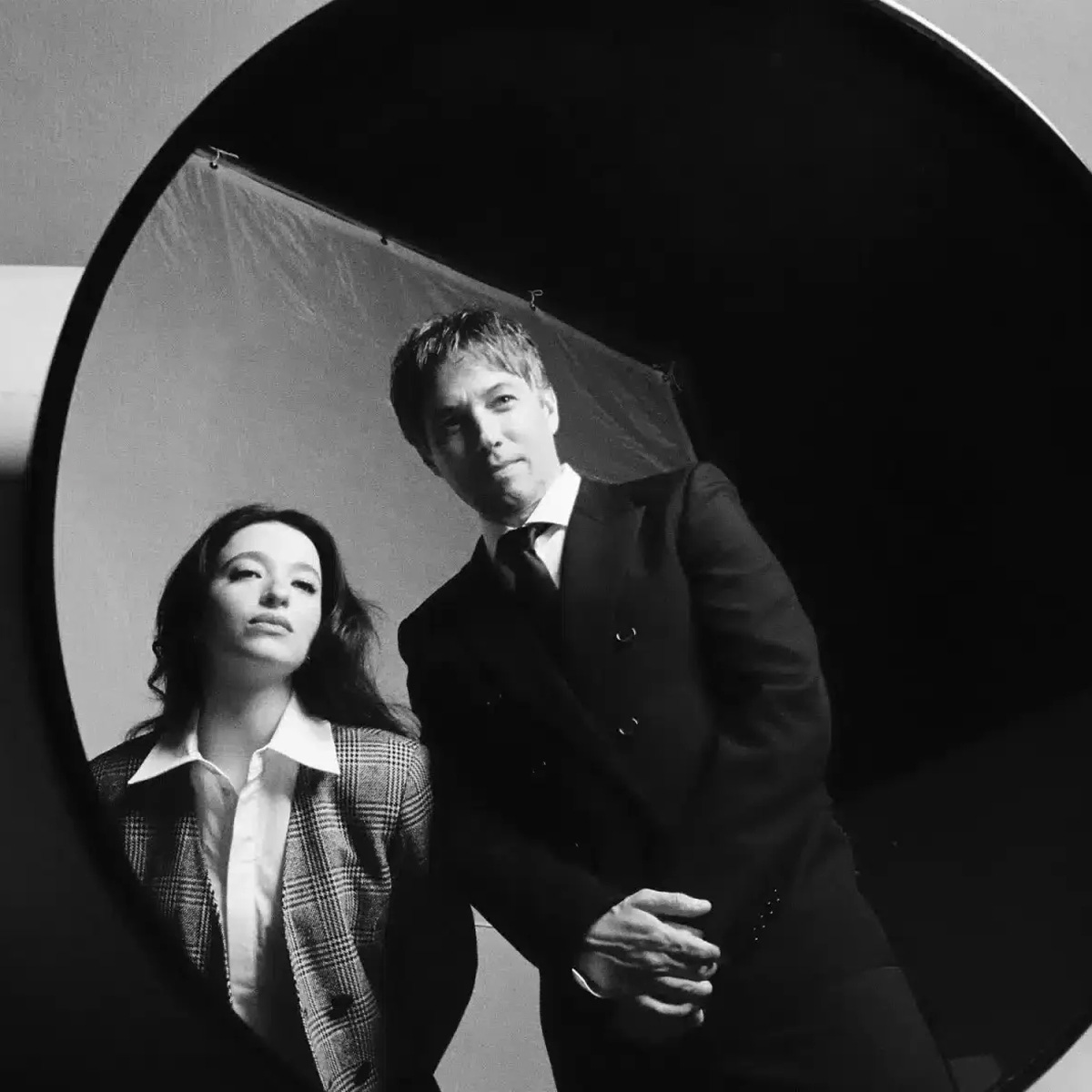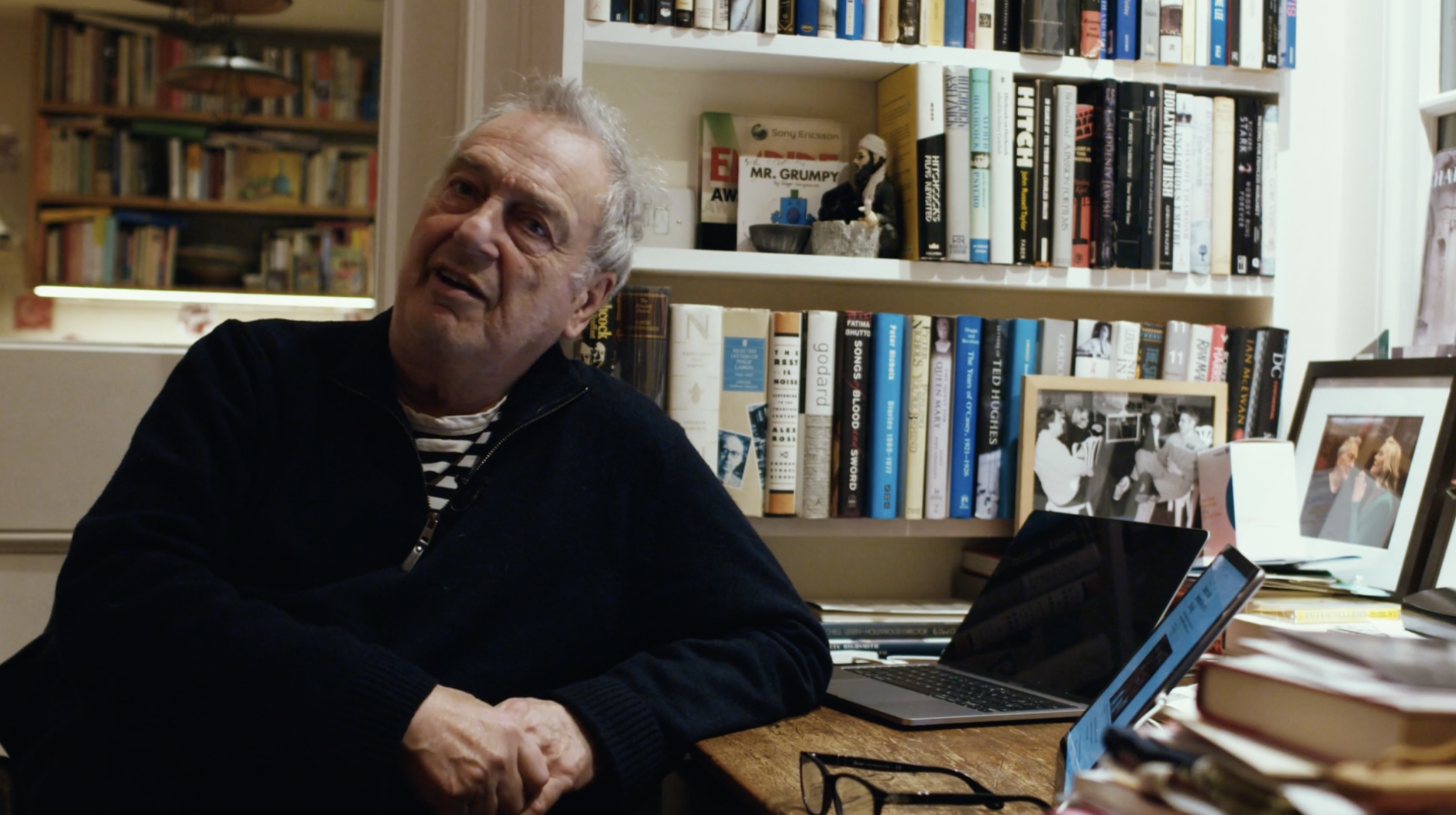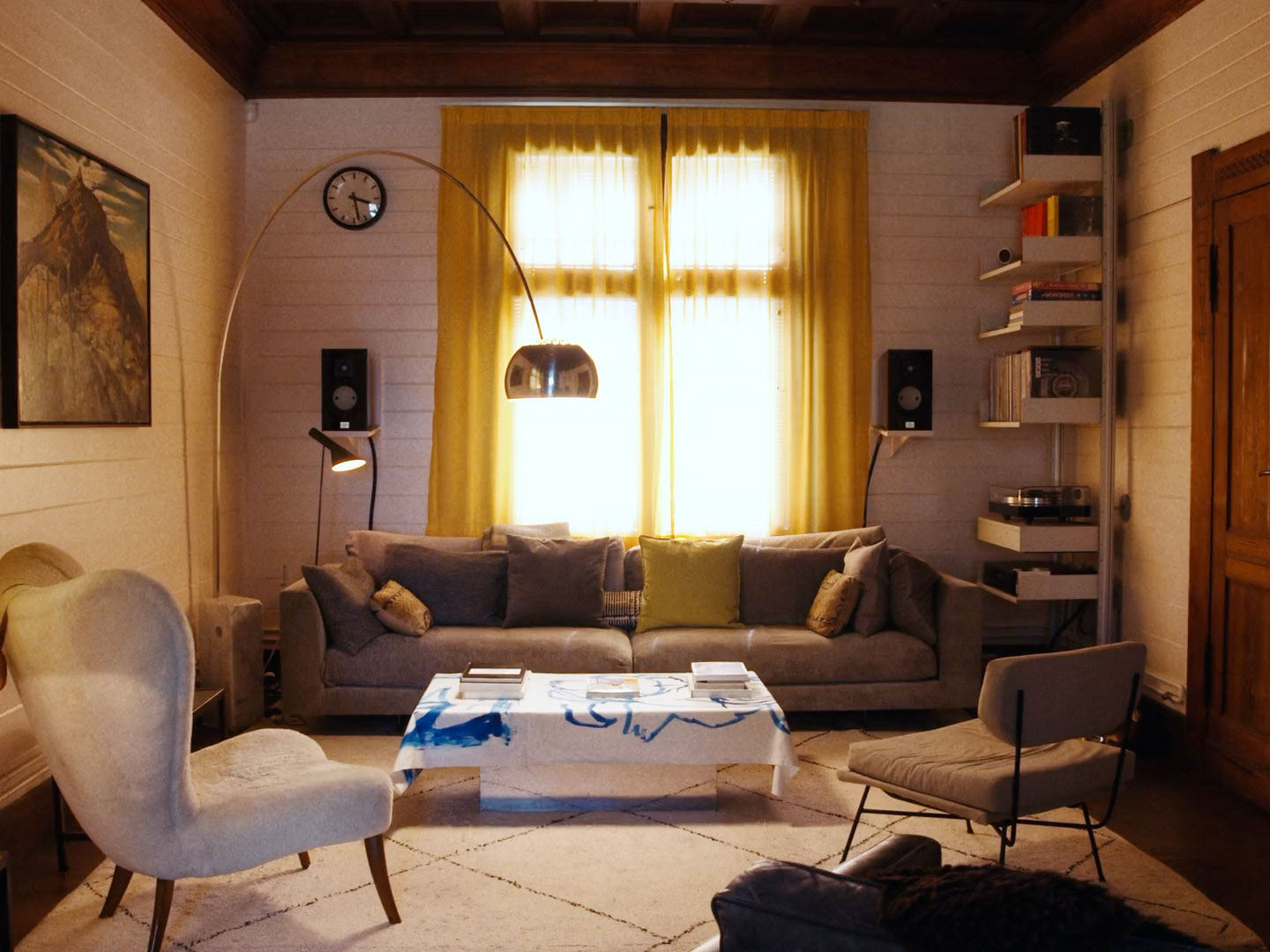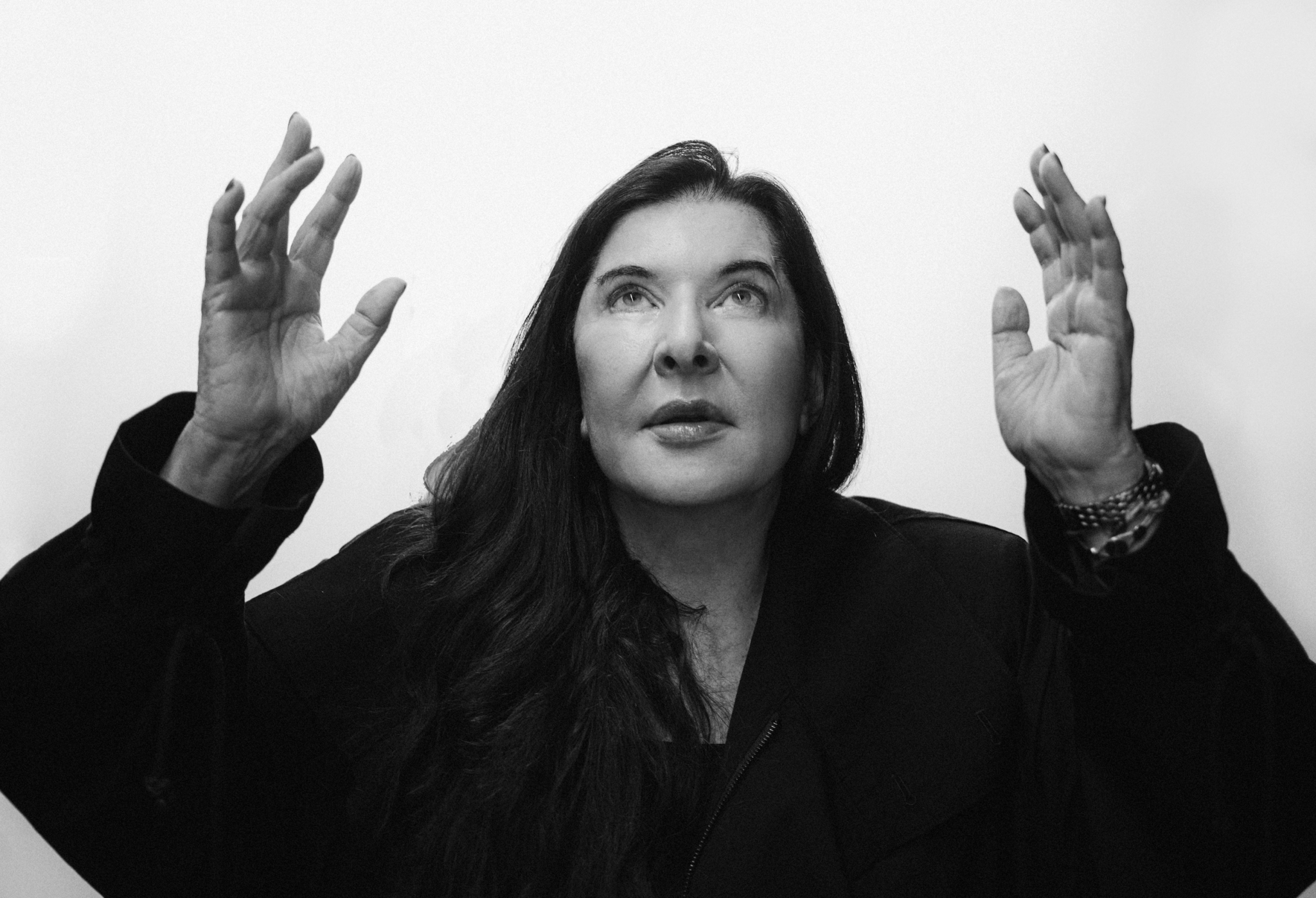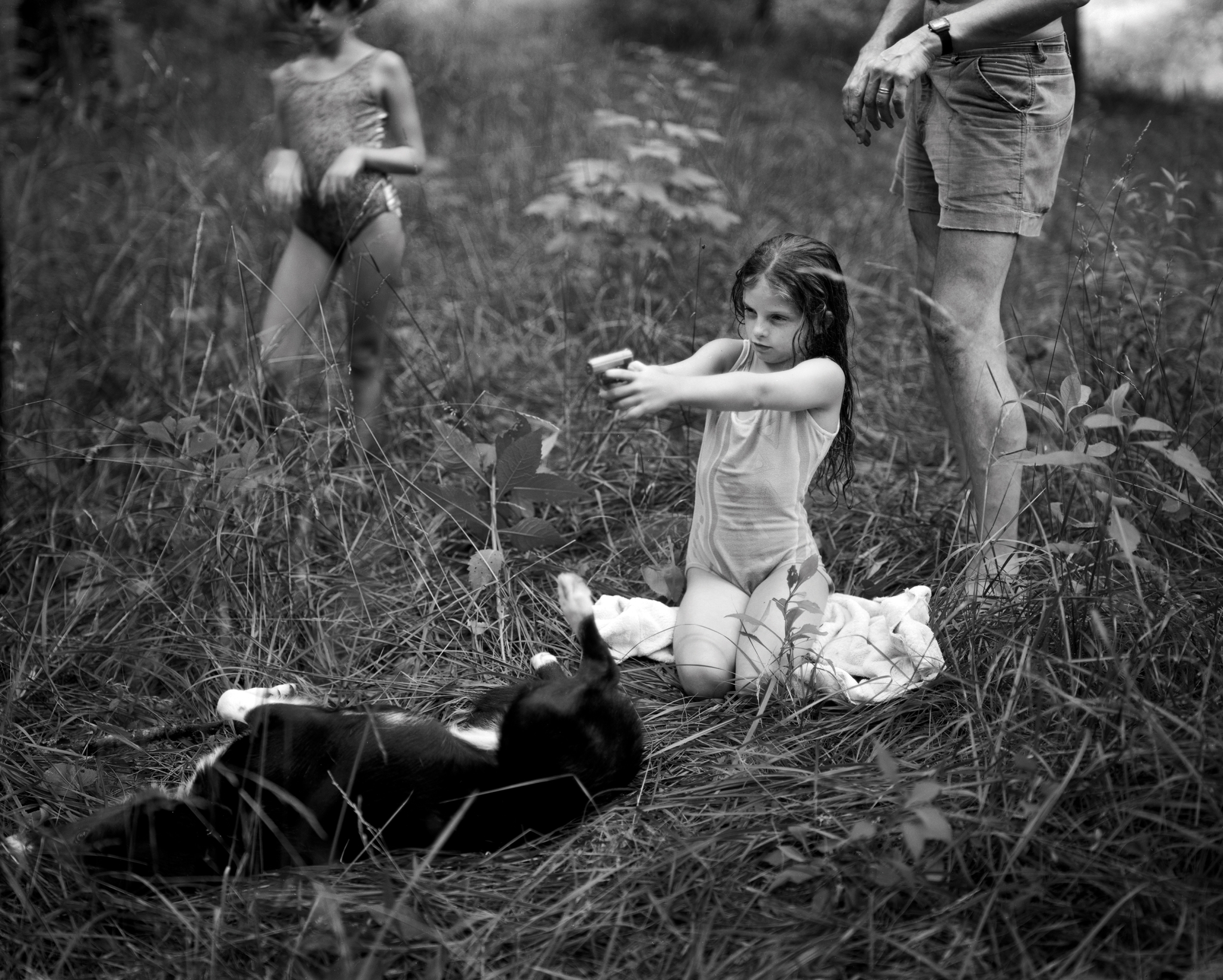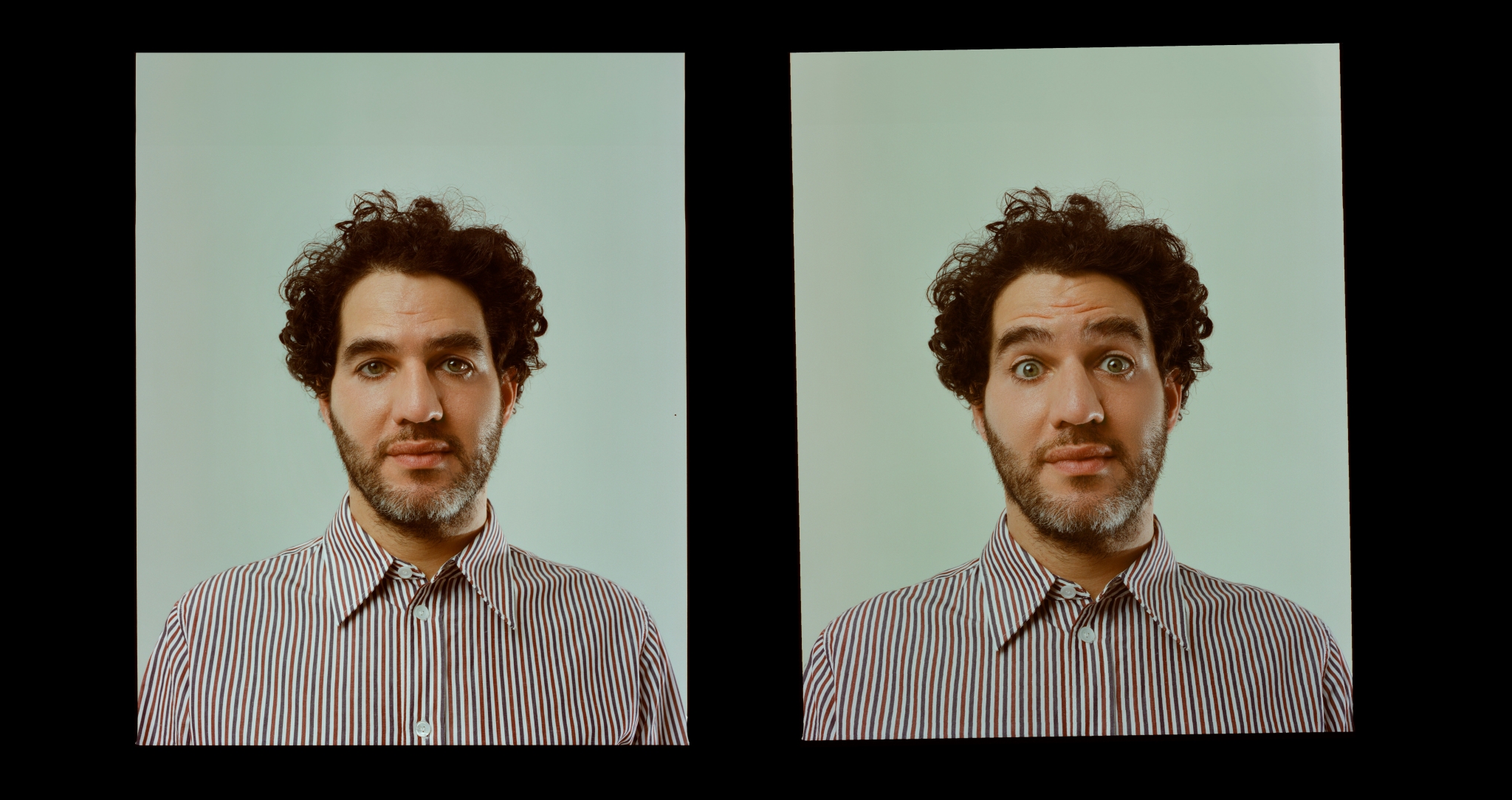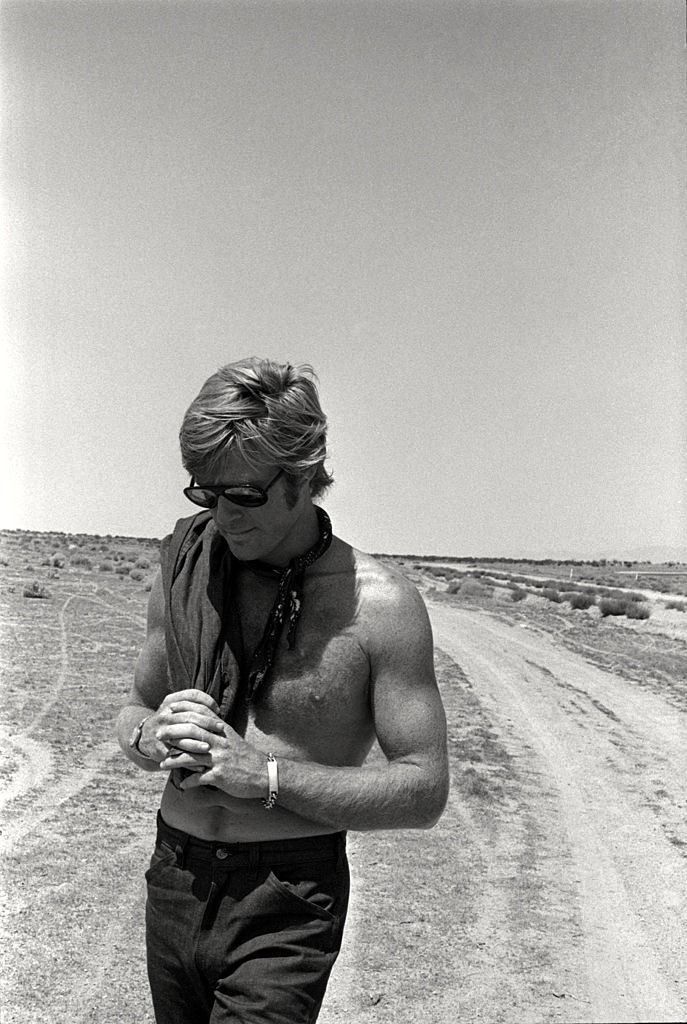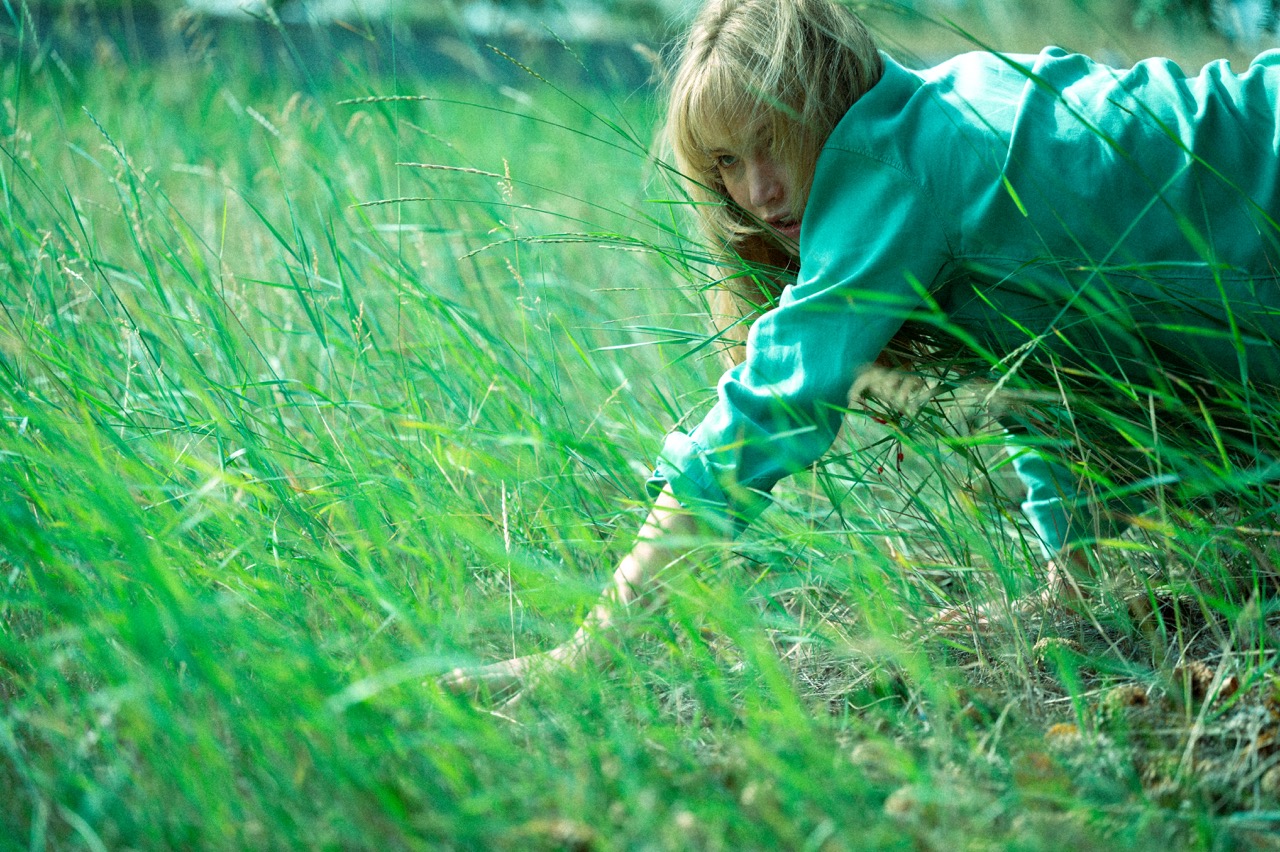
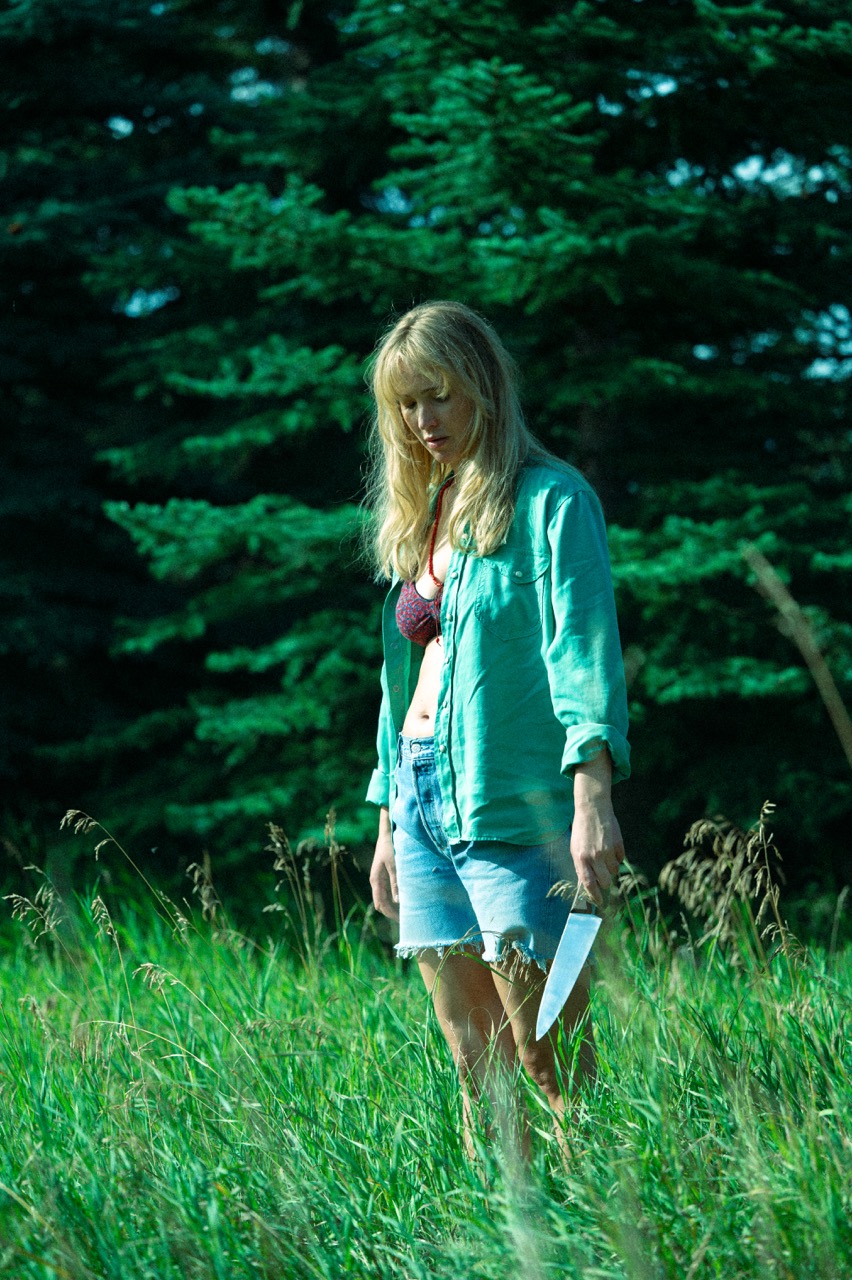
His second collaboration with Lynne Ramsay since We Need to Talk About Kevin, Die My Love cinematographer Seamus McGarvey discusses creating psychology through images, being inspired by Edward Steichen and shooting ‘day for night’.
We didn’t want to start with the exterior of the house. This is because the camera embodies the house. It was given to Jackson when a family member died, and there’s a phantasmagorical latency of a spirit. So there’s a static shot inside, that came into a series of jump cuts, but the camera never moves, in a sort of dispassionate ghostly gaze. You almost hear the house breathing. You hear them sitting in this static shot but you hear rats. The unsettling tone is then disrupted by music. Lynne wrote a song with Nick Cave’s guitarist George Vjestica. Lynne actually sings that opening song.
On day one of the shoot, Lynne fearlessly said to Jennifer [Lawrence] and Rob [Robert Pattinson], to get their clothes off and roll around and make love. They just went for it. They’re so fearless as performers, I’ve never worked with actors like them. They had to trust Lynne and that was lovely to witness. Lynne would act out Jennifer crawling around like a cat. There were times where it felt like wildlife photography. We didn’t storyboard anything—not a single shot. The camera was like a divining rod, sensing the scenes.
Die My Love is shot on film. Film is a risk, but it’s one of the things that attracts me the most about it. It has probably given me all my grey hair, but I love it because it’s a step into the dark with film, particularly with Ektachrome, which we used. It is really hard to get hold of. While we were shooting we had to beg, steal and borrow. Because the latitude is so limited, there’s much less detail in the shadow and it creates an opalescent whiteness when you overexpose it, lending a pearlescence to faces which is kind of spectral. We wanted those feelings by the very first frame.

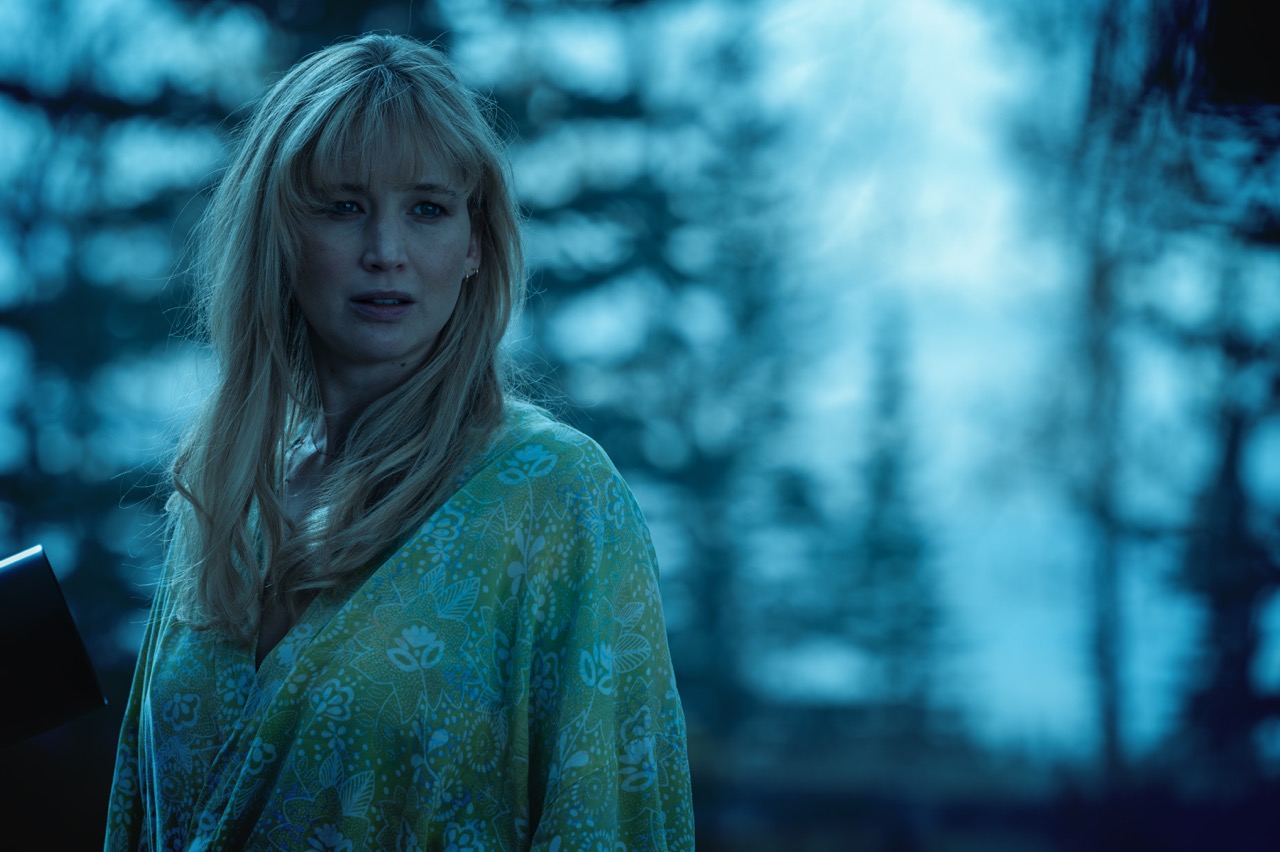
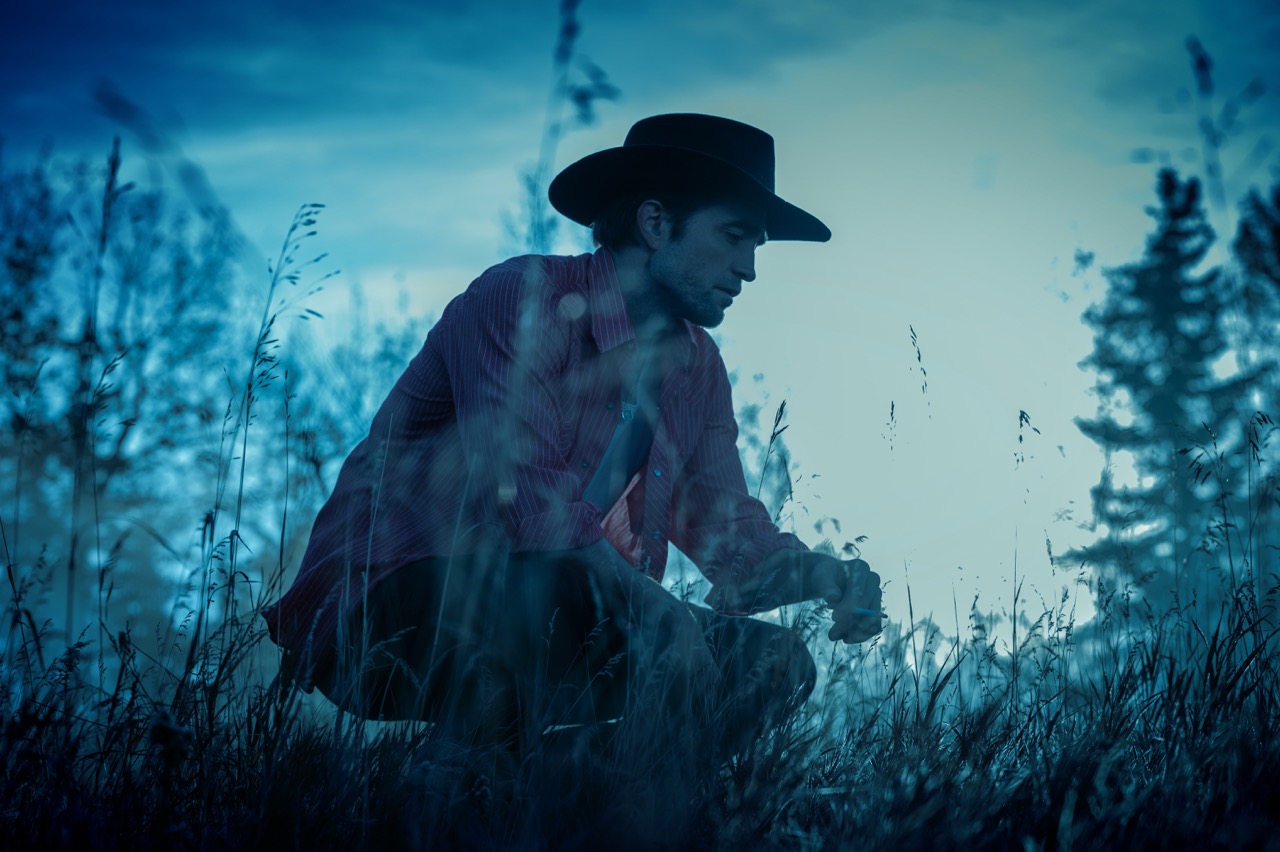

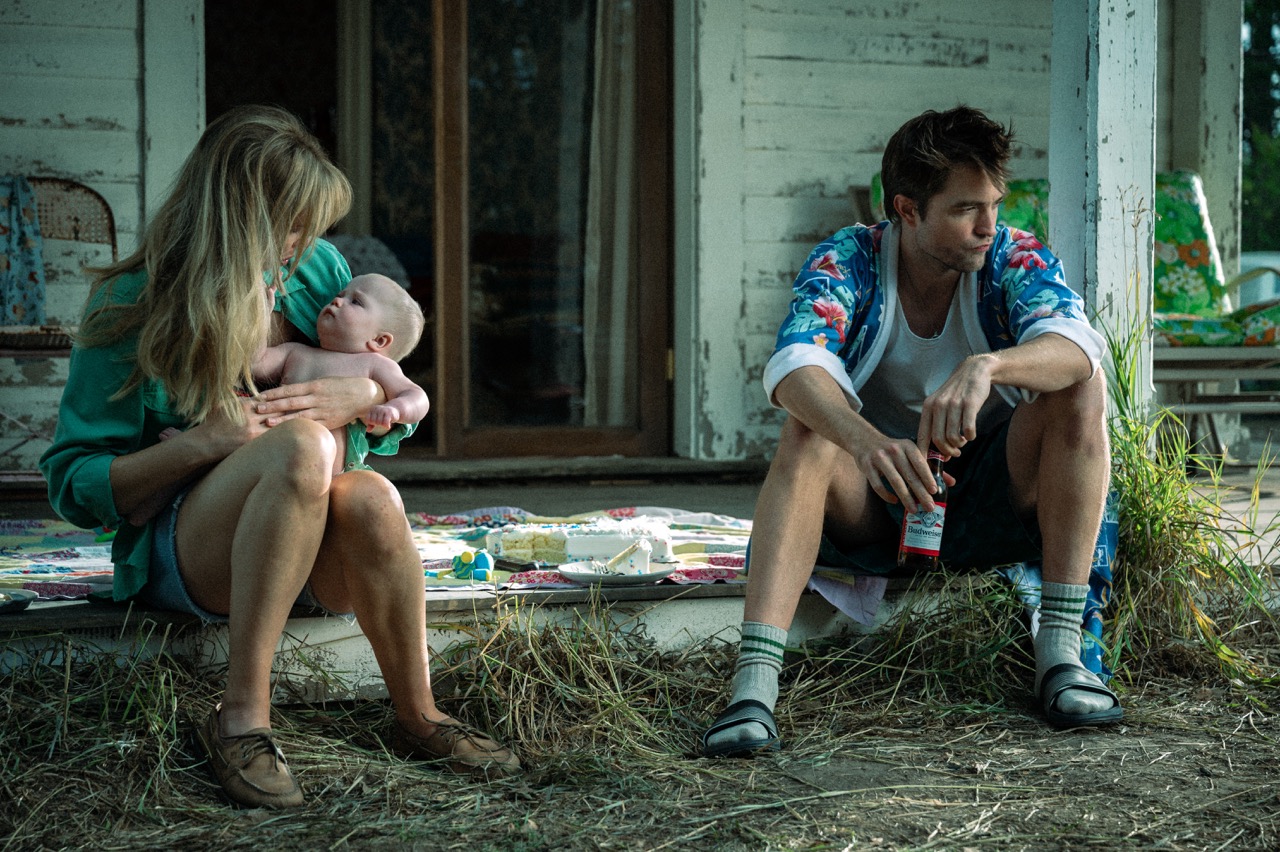
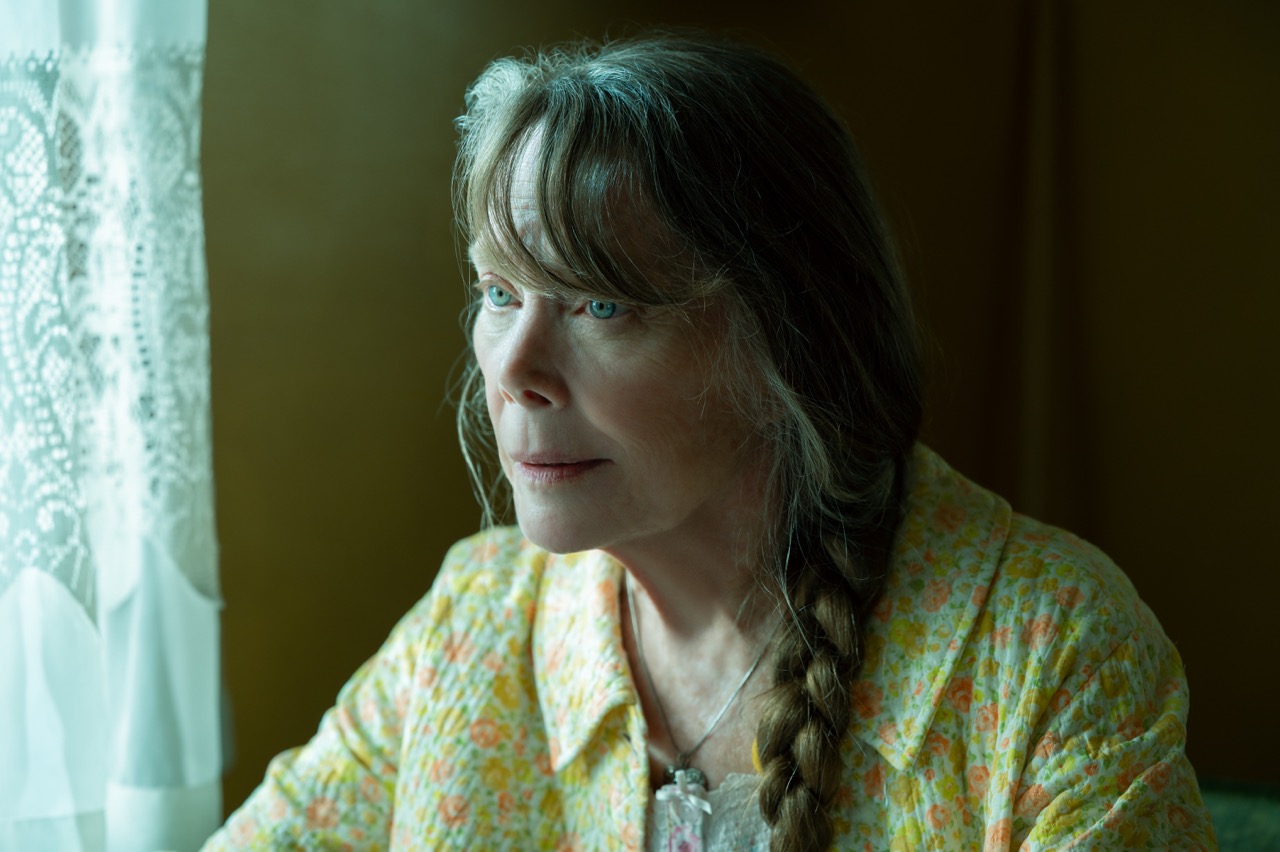
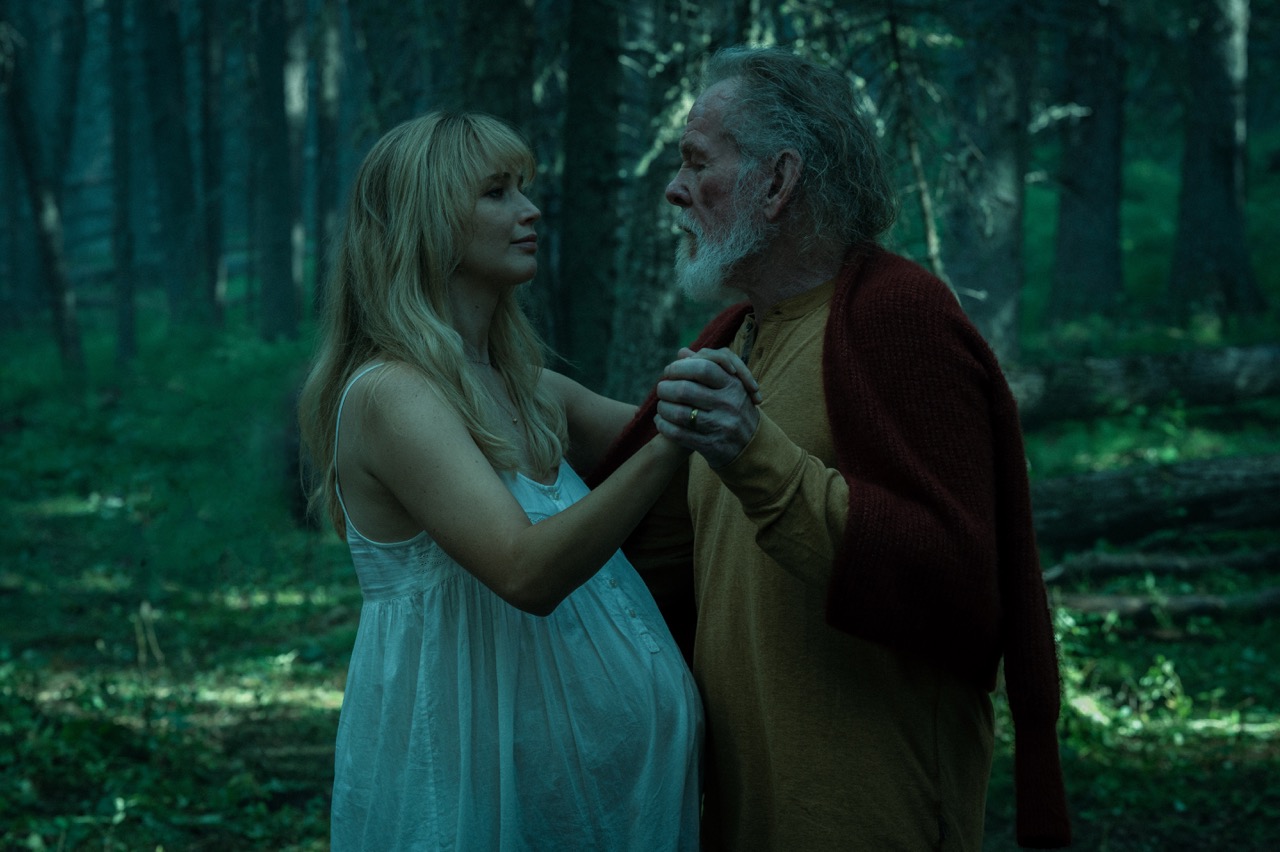
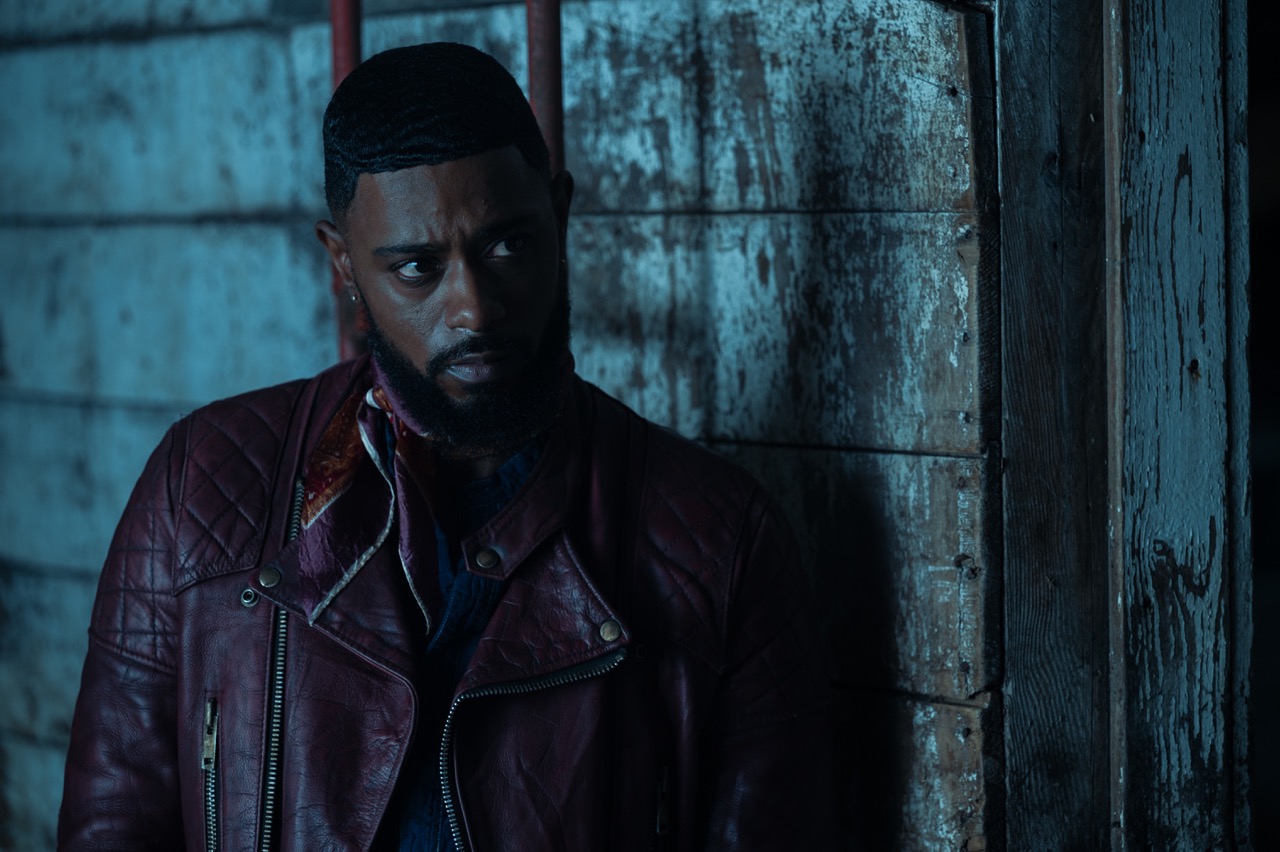
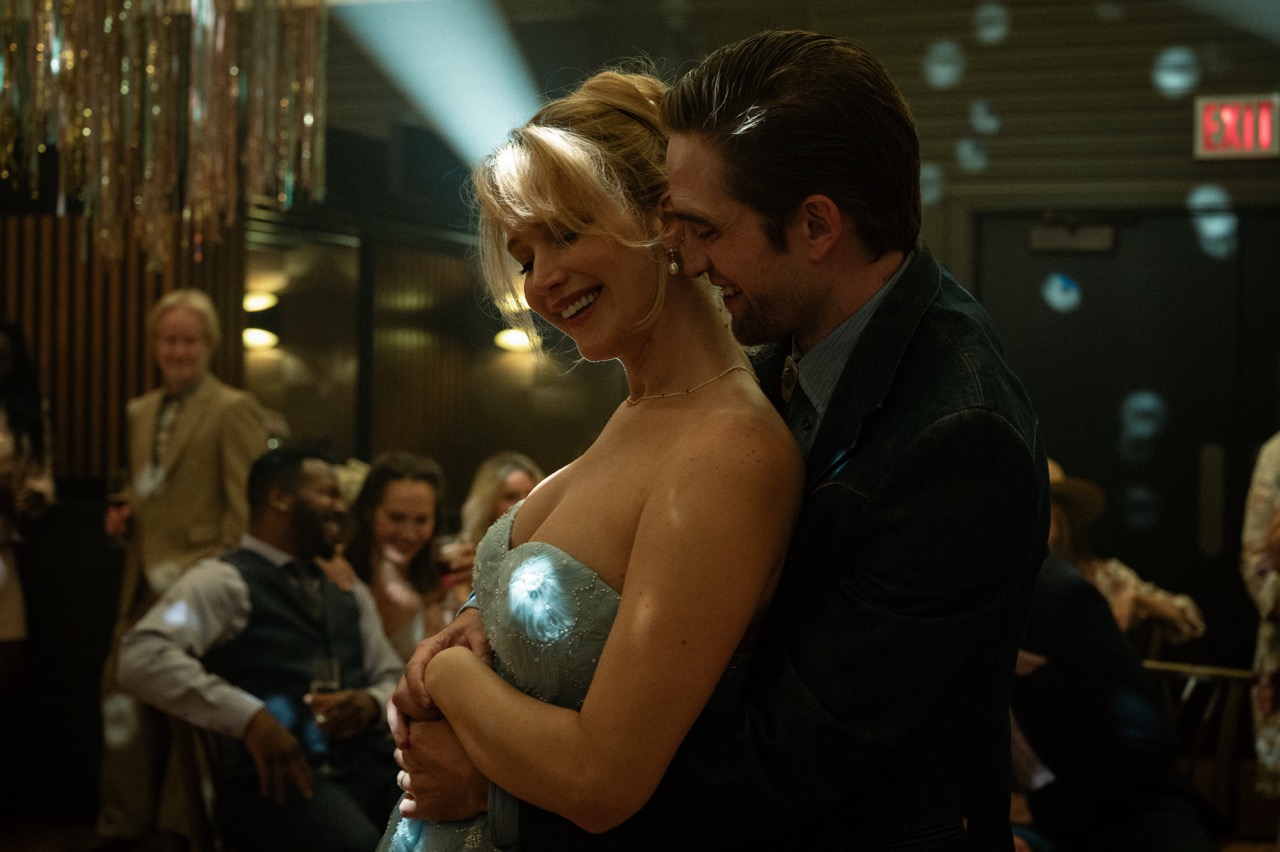
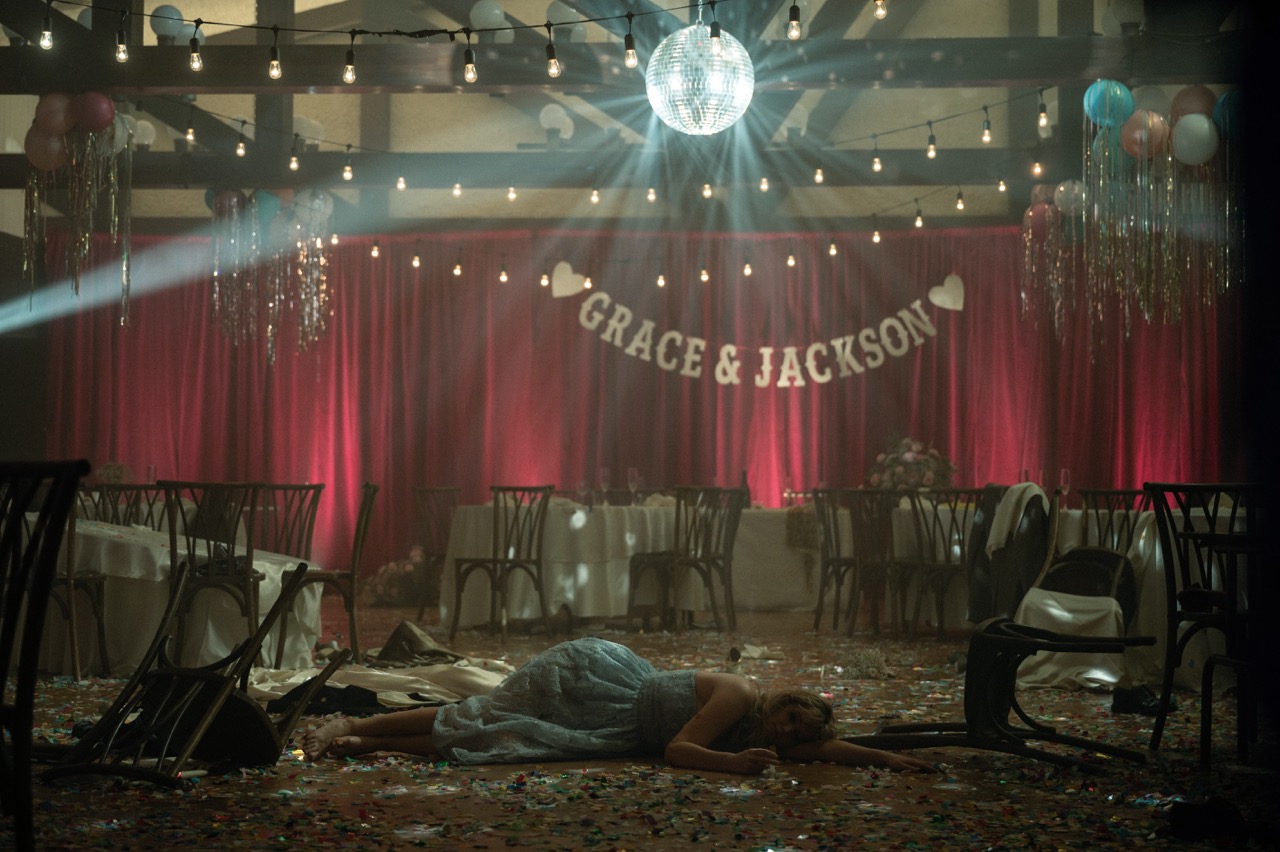
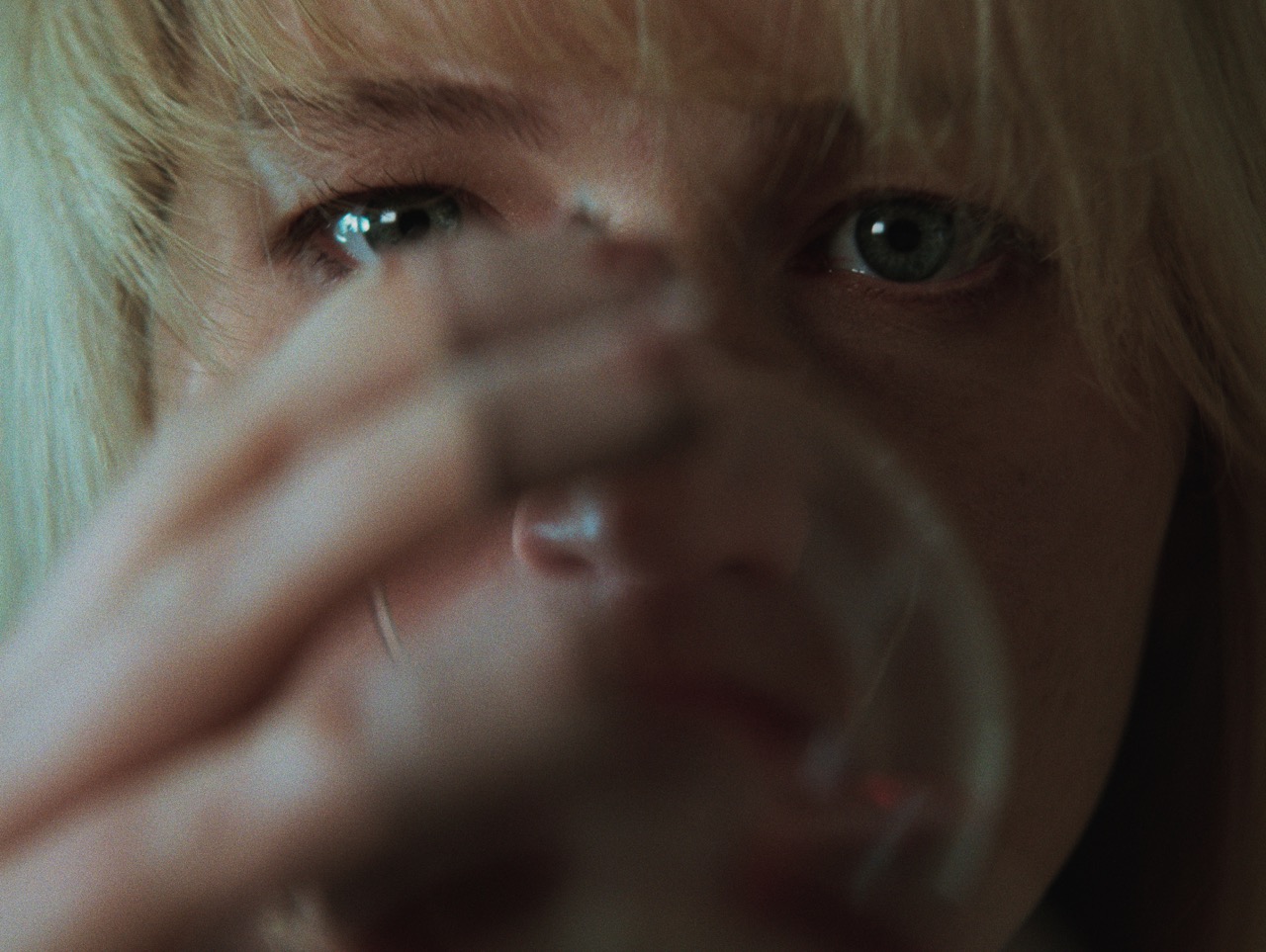
We also shot negative film becayse of the ‘day for night’ look. Partly it was practical, because the nights were so short. But photographically speaking, it created this night that you can’t see with your real eyes. It had a particular hue to it, a cyan, and I use these strange filters where I smoked up the glass with a candle—so with our white overexposed skies, suddenly they’d look nocturnal. And not only is it darkened, it’s got the diffusion of candle smoke, so it has this quality of a fever dream, with that imperceptibility of dreamed thought.
I worked with Lynne on We Need to Talk About Kevin, which had an entirely different palette. It was shot in Fujifilm negative, these landscapes in widescreen, like a Sergio Leone film, whereas this had to feel restricted, to create an encroaching sense of claustrophobia. We went for this academy ratio, which is a much squarer framing. Some people were like what is this? We were in Calgary in Canada, which was meant to be Montana, but Lynne and I were adamant that we wanted even exterior landscapes to have this restraint.
We wanted the entire film to have an askew perspective, leaning into Grace’s mental state. Cinema is never real, obviously. Every choice is an avenue away from what’s in front of you. But we wanted to further embellish the veracity of the imagery. First with gilded, optimistic moments at the start of the film and then just took it downwards with a more desaturated cyanotype. I love Edward Steichen’s Nocturnes, he was shooting pastoral scenes in Connecticut, and the cyanotype imbues it with this moonlit hue, an oxidised green where you’re straining your eyes, aching for the light.

Jennifer Lawrence in Die My Love, directed by Lynne Ramsay and shot by Seamus McGarvey. Credit: Kimberley French.
The camera never moves, in a sort of dispassionate ghostly gaze. You almost hear the house breathing.
Seamus McGarvey
We would create height above people’s heads. We’d use these lenses called Petzval lenses, I’m salivating with the memory of them. They have this amazing bokeh, where the light in the out of focus points suddenly has this swirling dance. It’s this unique optical feel that helps to depict the inner workings of a person’s mind,
We’d also do what I call the ‘Magritte’ shot. This is where you do shots from behind, you feel everything that’s going on in someone’s mind when you shoot from behind. You don’t often get a chance to look at the back of someone’s head, with an unremitting gaze. Lynne really plays with duration. I like that she doesn’t have a syncopatic or metronymic style. She uses cinematic time in such an eloquent way.
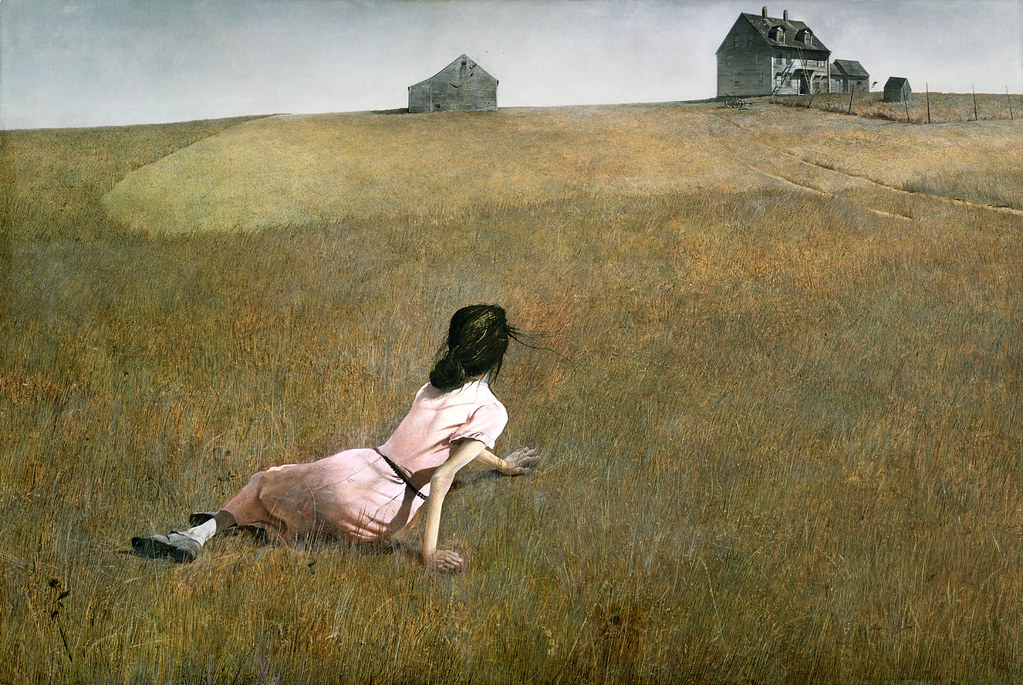
Andrew Wyeth, Christina’s World (1949)
Lynne and I love the painting of Leonora Carrington and Dorothea Tanning. Andrew Wyeth’s painting ‘Christina’s World’ was a key reference for us. The scene where Grace is crawling around in the grass and the camera is really low, and you hear all the insects. There’s something quite portentous and funereal about it. It’s closer to the grave, to the ground. We were working out how to shoot that scene, and it was a lovely day outside and Lynne went out for a cigarette and we were sitting in the field and everything was buzzing around, and we were just looking at each other through the grass, and we had the idea. Our steadicam operator, Chris Chow followed Jennifer through the grass.
Roman Polanski’s Repulsion and Rosemary’s Baby are two other films I was thinking about. You get these partial, truncated images that are sort of elliptical, fleeting glances, never the whole picture. You want to crane your head around and see what’s nearly there.The same is true for the night scenes we shot—we embraced obscurity. We didn’t want to make the nights inviting.
The scene where she destroys the bathroom could only be done once. So we put Chris in with Jen and she trashed the place. It was a tiny little bathroom and Chris captured it on one 400 foot film mag. She squirted shampoo all over the camera, Chris was covered in moisturizer. Poor Jen’s fingers were bleeding. On a bigger film you wouldn’t be able to do that with one of the most famous actresses in the world.
Jennifer was five months pregnant when we were shooting. I think it was very cathartic for her. We didn’t have an intimacy coordinator, but it was a case of unspoken sensitivity. Those scenes where she’s looking at her body and the camera’s tilted up, you see her body, you see her cellulite.
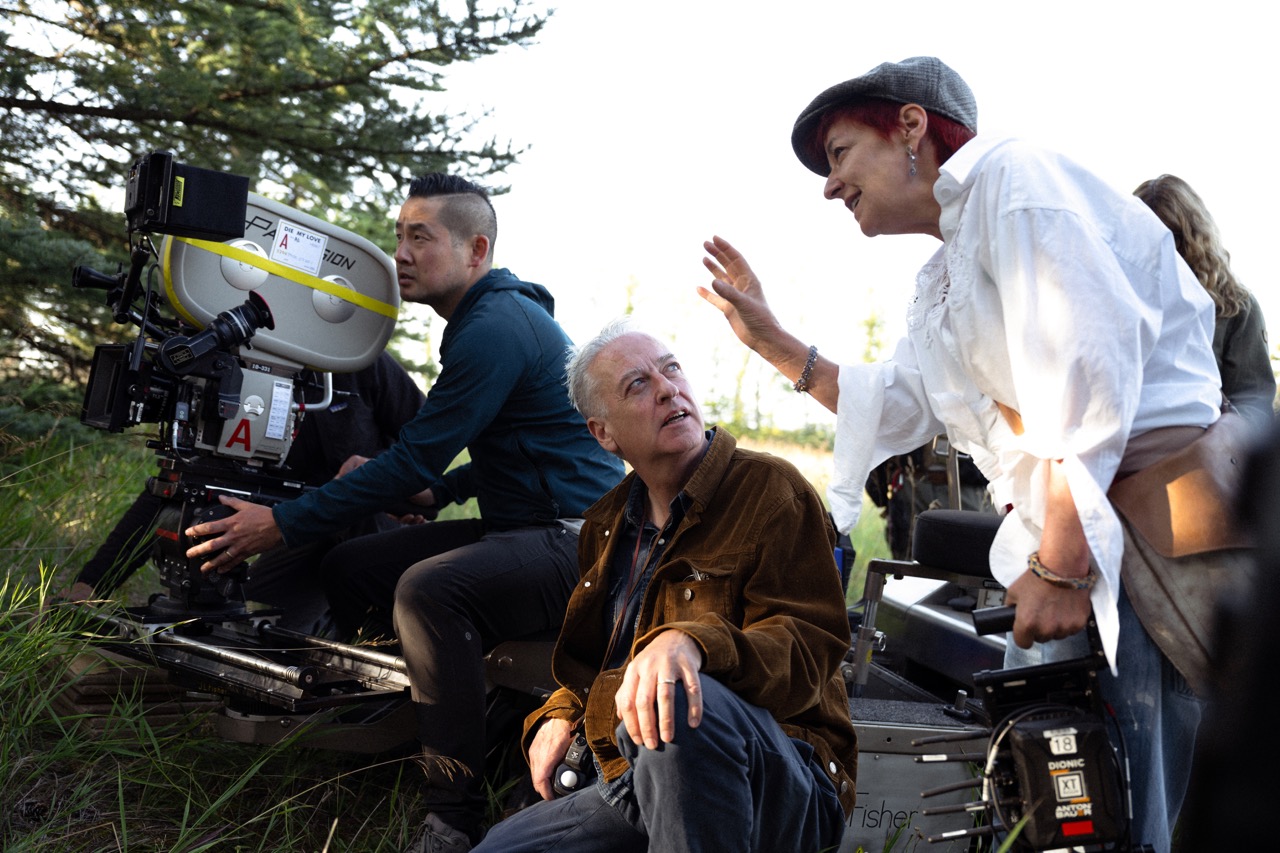
Seamus McGarvey on the set of Die My Love with Lynne Ramsay. Credit: Kimberley French.
Lynne is quite wordless in the way she directs. “More psychological,” is probably the most I’ve heard her say. It’s animalistic, almost like dolphin clicks, on this psychic level or vibrational level. It takes a sensitive actor to pick up on. It’s ghostly. I sometimes felt like I went completely bonkers on this film, I felt this haunting.
It was a tough shoot, I won’t deny it. There are occasionally tensions when you’re delving into these heightened psychological states. When you’re that invested as a director in the depiction of those states of mind, it sometimes osmotically affects the room of people, your collaborators. I’ve known Lynne for 30 years, from when I lived in Glasgow. She was at the National Film School and I was a focus puller on films and she was moving into directing. She’s always had a phenomenal talent. And it’s lovely to work with someone who comes from a cinematography as well. She knows what we are doing technically. But she isn’t ruled by those things.
I work on the big effects stuff, too, but I love simplicity. I can’t handle things that are overwrought or overcomplicated. I like a spartan approach, a kind of paired-downness. The lack of, for want of a better word, interference, with the camera and the mise-en-scène. I think it invites an audience in more. There’s a great word the Cahiers du Cinéma would use—suture. That notion of stitching the audience to the screen.
I had very few lights in the house. The best advice I’ve ever received was from the great Chris Menges, who is a cinematographer. He would just say put the actors by the window. I always think of that advice. The light has a reason to be there. It has its own logic.
Die My Love is in cinemas now.

